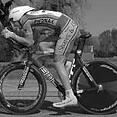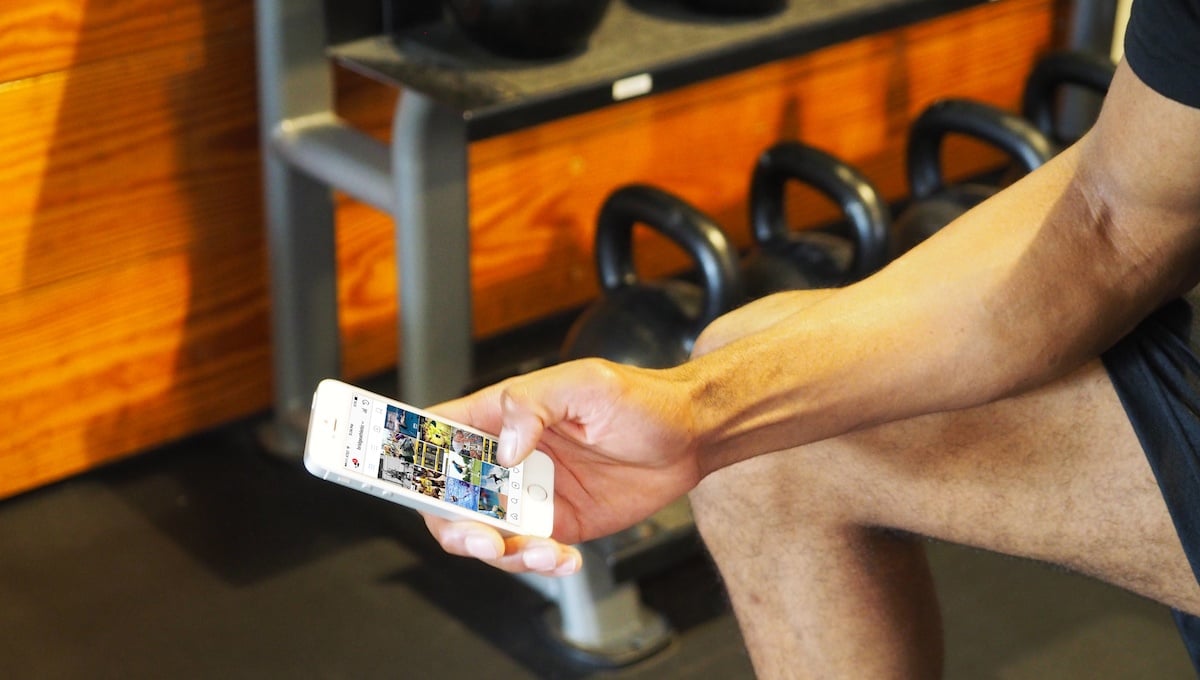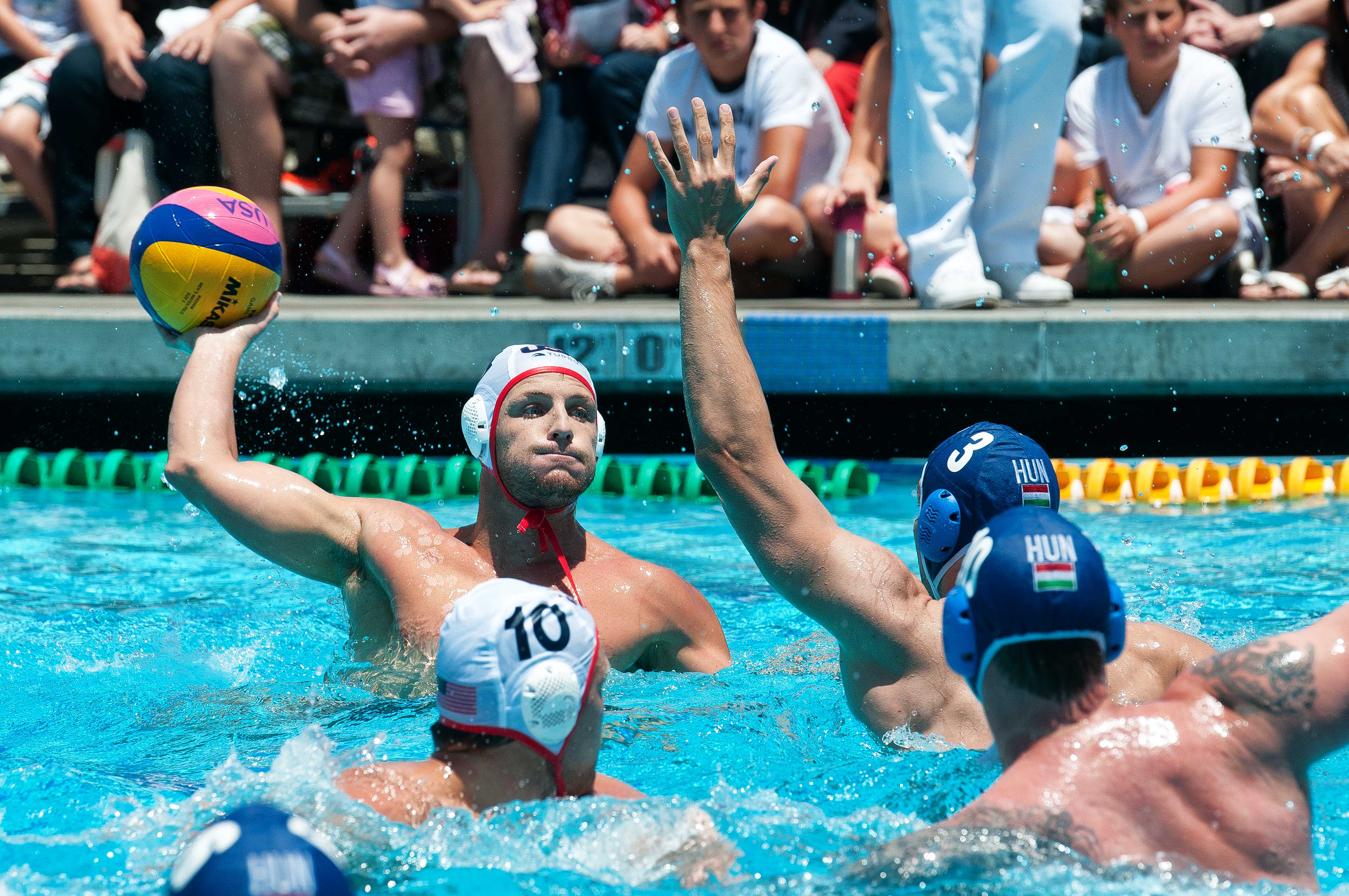
Compression wear has greatly increased in popularity in the athletic community over the past few years. From swimmers wearing them between trials and finals at a big meet, to triathletes and runners wearing them in competition, these sometimes neon colored sleeves/tights are hard to miss. But do these skin-tight garments actually improve performance? There are numerous studies on the issue providing slightly different results. But first off, what’s the draw?
Compression is a technique used to increase blood circulation in the body--specifically the blood flowing from your extremities back to your heart to be oxygenized. Compression brands claim that compression wear improves blood circulation meaning more oxygen delivery to muscles resulting in increased performance. These strategically manufactured garments are aimed at improved circulation with graduated sleeves without simply squeezing you. In addition to wearing them during competition, many athletes use compression wear to aid recovery and to increase blood circulation and reduce swelling while traveling.
The Science behind Compression Wear
"Overall, with these compressive sleeves and the level of compression that they exert, they don't seem to really do much (to affect athletic performance)."
- Abigail Laymon, Department of Kinesiology, Indiana University
Due to growing popularity, there have been many recent studies on the effects of compression wear on performance and recovery. First, a study at Indiana University found that lower leg compression garments did not impact the runner’s economy or efficiency. Concluding that compression wear does not help performance. However, a similar study on compression garments during short-term exercise found significant results including increased oxygen availability due to compression. These conflicting studies are not uncommon as many of the results of these similar tests seem to really depend on the individual.
"[C]ompression induced changes in tissue blood flow and perfusion appear to result in improved oxygenation during short-term exercise...compression of muscles may enhance performance."
Human Performance Laboratory, Faculty of Kinesiology, University of Calgary
In addition to compression during exercise, compression tights used in recovery have also been studied. Results found that while an athlete’s perceived muscle soreness was lower when an athlete wore compression tights, actual performance did not increase. This stresses the mental aspect in sport, and while physical performance was not, an athletes’ lower perceived soreness could significantly affect performance. The conclusion from these recent studies provided mixed results. In saying that, compression garments were never found to decrease performance in the previous studies. Considering the mixed results, it is up to YOU to decide if compression garments can help in your athletic endeavors.
For additional content on how to combat muscle soreness, check out our post on foam rolling.
References:
- Coza, Aurel et al. Effects of Compression on Muscle Tissue Oxygenation at the Onset of Exercise. Journal of Strength & Conditioning Research: (2012) Volume 26 Issue 6 p 1631–1637
- Koceja, David, and Timothy Mickleborough and Joel Stager. Compression clothing and athletic performance -- functional or fad? Indiana University. 2010
- Davies, Vanessa. The Effects of Compression Garments on Recovery. Journal of Strength & Conditioning Research: Sept 2009 - Volume 23 Issue 6 - pp 1786-1794
.png?width=150&height=50&name=BRIDGEBLOG(1).png)





